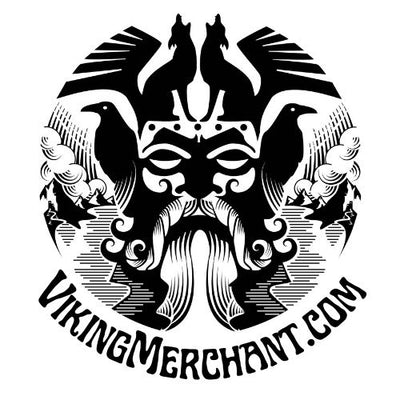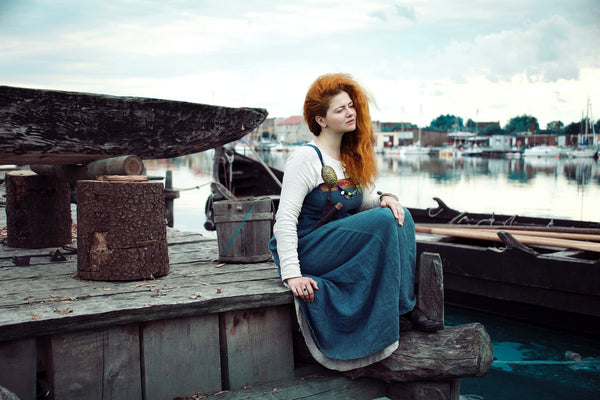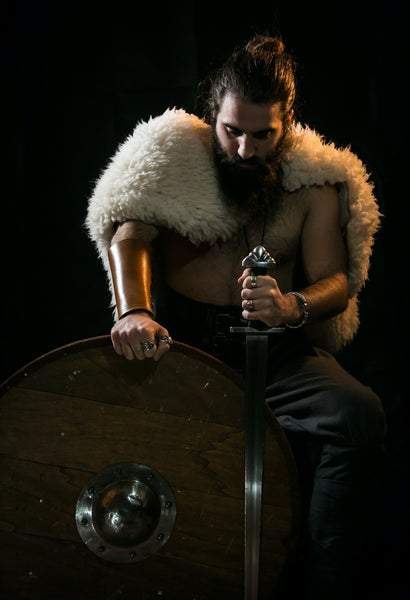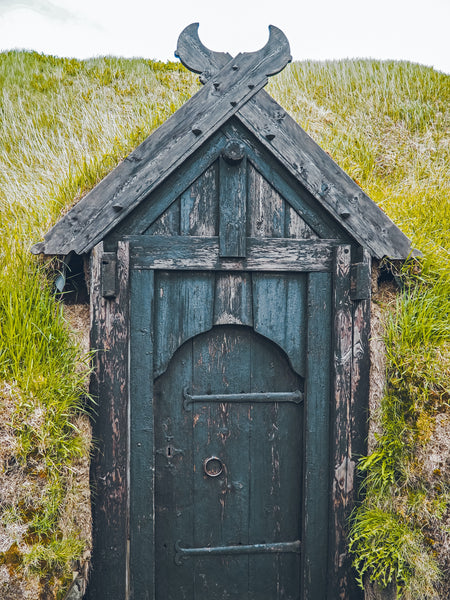Viking Lore Articles — norse
How Viking Women Styled Their Hair
Posted by Amber Lee on
Viking women, far from being mere shadows of their male counterparts, held significant roles in society and had their unique identities. Their hairstyles, rich in symbolism and beauty, tell tales of their lives, aspirations, and the vibrant culture they inhabited.
Viking Hair Accessories
Posted by Amber Lee on
Hair accessories in Viking culture were more than just ornamental. They were deeply symbolic, reflecting personal achievements, beliefs, status, and aspirations. Each bead, band, or trinket told a story, making the Viking mane not just a style statement but a canvas of life's journeys and battles.
The Tresses of Norse Warriors
Posted by Amber Lee on
The Vikings, often heralded for their explorations, battles, and sagas, also had a rich culture that extended to personal aesthetics. Hairstyles were not just a matter of fashion but spoke volumes about a man's status, profession, and personality.
- Tags: grooming, mens jewelry, norse, viking
The Extended Family, a Pillar of Viking Society
Posted by Amber Lee on
The concept of 'family' in the Viking age extended far beyond the nuclear unit that we commonly recognize today. In Viking society, the extended family or clan was the primary support structure, an entity of paramount importance, and a foundation for social, economic, and political functions.
Children in Viking Households
Posted by Amber Lee on
The world of Viking children was one of balance. While they shouldered responsibilities that might seem hefty by modern standards, these duties prepared them for the challenges of Viking society.





